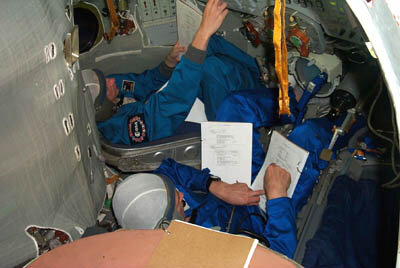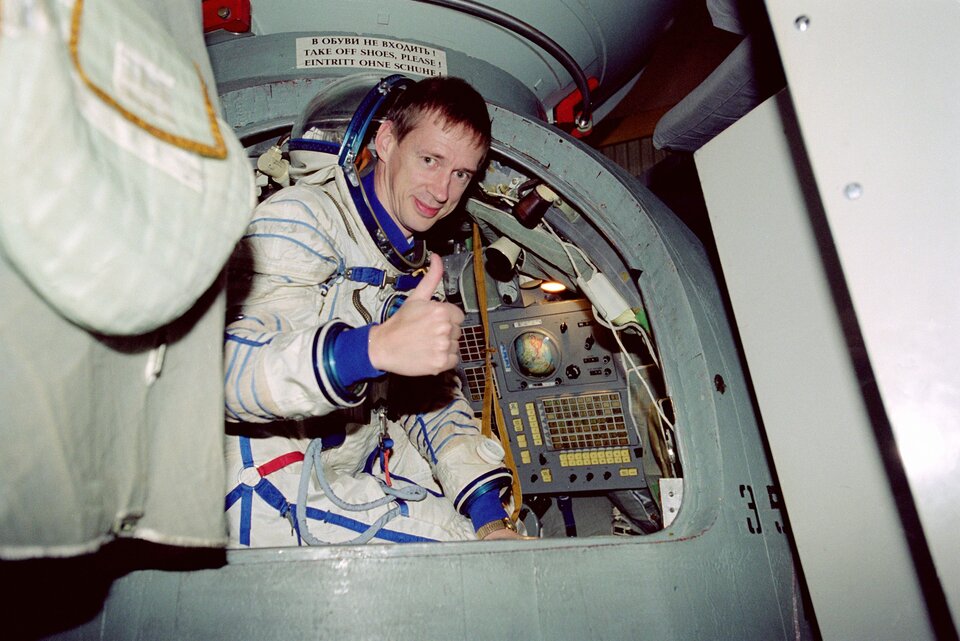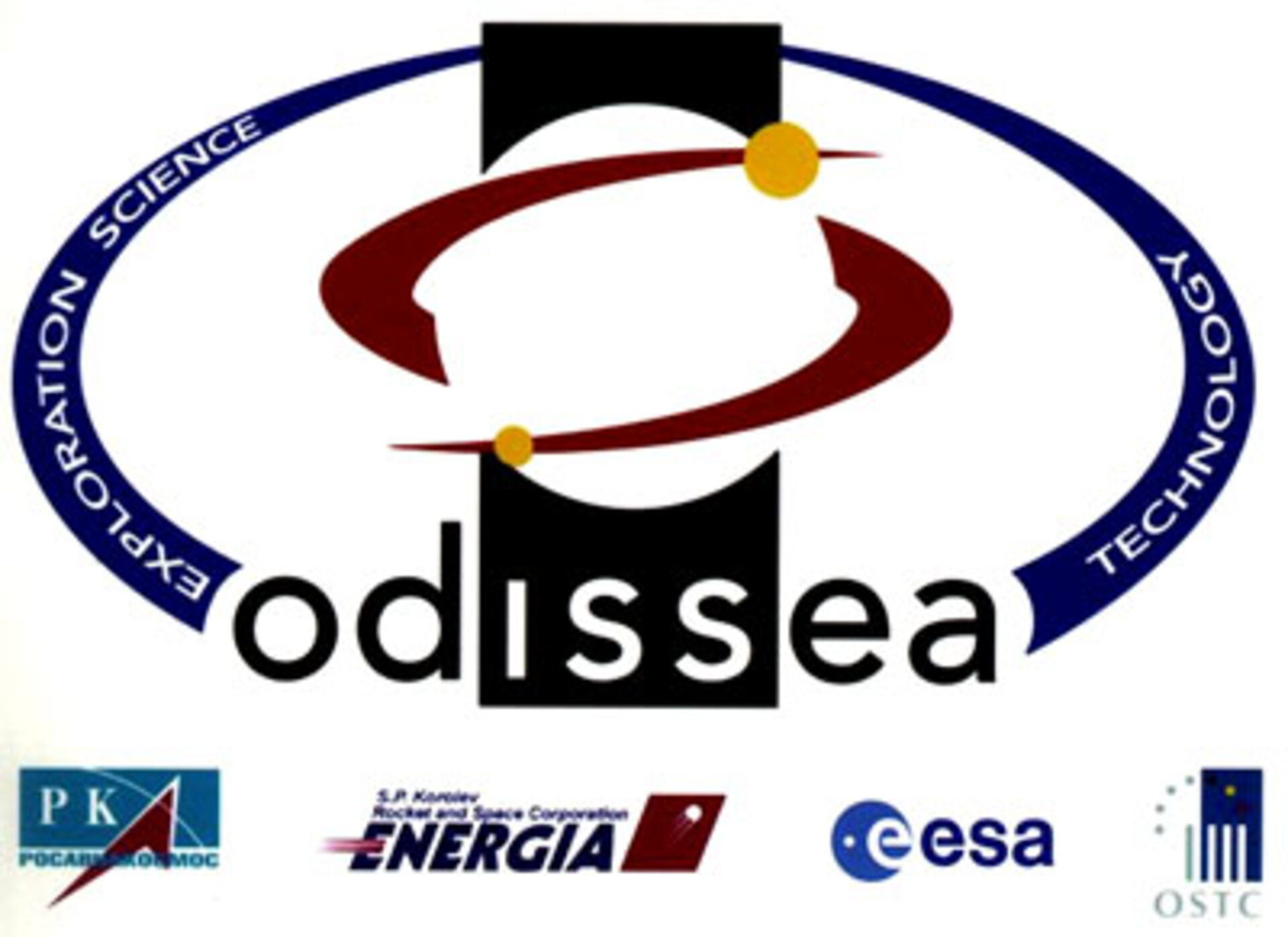What is Odissea?
European Space Agency (ESA) astronaut Frank De Winne, of Belgian nationality, flew to the International Space Station (ISS) in late October 2002 on board a Russian Soyuz taxi flight. He became the first Belgian to visit the ISS. During the mission, named Odissea, De Winne performed a series of science and technology related experiments on board the ISS. The Belgian Federal Office for Scientific, Technical and Cultural Affairs (OSTC) provided the funding for De Winne's flight and the related experimental programme.
A crew including Mission Commander Sergei Zalyotin, and Flight Engineers Frank De Winne and Yuri Lonchakov, lifted off on a Russian Soyuz rocket from Baikonur in Kazakhstan for an 11-day mission. The launch took place on 30 October 2002.

Alongside his Commander, De Winne, as Flight Engineer, played his part in testing the new Soyuz TMA-1 spacecraft which carried the crew to the Space Station. Two days after launch the spacecraft automatically approached and docked with the Space Station.
The prime task of the mission was to replace the TM-34 Soyuz vehicle attached to the Station with the modernised version. It is essential for the resident crew that the Soyuz 'lifeboat' remains in top condition in case of an emergency evacuation and so regular 'taxi' flights, such as Odissea, are used to swap an older Soyuz spacecraft with a newer craft every six months. This was the fourth such exchange of a Soyuz spacecraft since the assembly of the Space Station started in November 1998.

The taxi flight crew lived and worked alongside the resident Space Station crew for nine days.
While on board the Space Station, De Winne performed a large experimental programme, including work with one of the key research facilities: the Microgravity Science Glovebox (MSG), an important piece of European hardware. The MSG provides an enclosed, sealed environment in which to perform experiments on combustion, fluids and biotechnology safely under conditions of weightlessness. Designed and developed in Europe, the MSG facility was launched on board the Space Shuttle Endeavour in June 2002 and has been installed in the US laboratory Destiny.
The Odissea crew returned to Earth in the TM-34 Soyuz spacecraft that was launched to the Space Station in April 2002 by the Marco Polo taxi flight crew which included Italian ESA astronaut Roberto Vittori.

De Winne's maiden flight into orbit is further evidence of the strengthening cooperation between Europe and Russia. It is one of the outcomes of a framework agreement signed between ESA and Rosaviakosmos in May 2001, allowing European astronauts to fly to the ISS on Russian launchers during the period 2001 to 2006.


